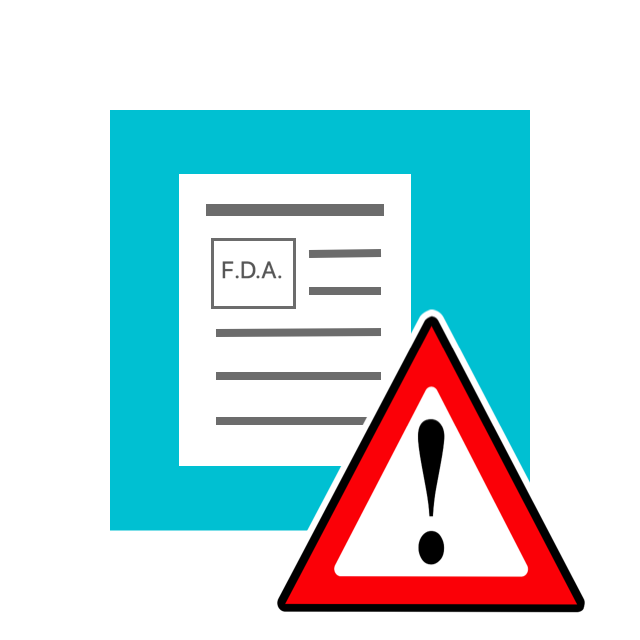A new study in Annals of Allergy, Asthma and Immunology, the scientific journal of the American College of Allergy, Asthma and Immunology (ACAAI), found that among those who self-reported an allergic reaction to sesame
READ ARTICLE HIDE ARTICLE
Study shows more than 50% of products did not declare sesame on the label
American College of Allergy, Asthma, and Immunology
ARLINGTON HEIGHTS, IL (December 15, 2021) – In 2021, the US Congress passed the Food Allergy Safety, Treatment, Education & Research Act which, among other things, added sesame to the list of allergens which are mandatory for inclusion on food labels by 2023. A new study in Annals of Allergy, Asthma and Immunology, the scientific journal of the American College of Allergy, Asthma and Immunology (ACAAI), found that among those who self-reported an allergic reaction to sesame, more than 56% of products which contained sesame did not declare sesame on the label.
“Sesame is the ninth most common childhood food allergy in the US, yet many people don’t recognize it on food labels, or it’s missing entirely” says allergist Katie Kennedy, MD, ACAAI member and senior author on the paper. “What we discovered in our study was that amongst those who reported events related to accidental ingestion of sesame, many reported they didn’t know that words such as ‘tahini’ meant sesame. Because the word ‘sesame’ is often not used on labels, accidents happen at a greater rate”.
The study examined 379 self-reported events related to sesame involving 327 individuals with 360 distinct adverse clinical reactions. 19 events involved a sesame labeling issue that did not result in a clinical reaction. Most of the reports (85%) were from parents providing information on events with their children.
“About 48% of the allergic reactions required hospitalizations or an emergency room visit,” says allergist Kim Nguyen, MD, ACAAI member and co-author of the paper. “Most of the events (63%) occurred at home; about 11% of events occurred at a restaurant, 5% at a friend’s house and 4% of events occurred at school. The most common reason for reporting an event was the occurrence of an allergic reaction following ingestion (99%) as opposed to contact-only exposure.”
“Some of the reports were due to products declared as containing ‘spices’ or ‘natural flavors’ and required consumers to call the company or manufacturer to clarify the ingredients,” says Dr. Kennedy. One of the reported events occurred in a child with a known sesame allergy, and she had eaten meatloaf made with breadcrumbs. The parents later learned that the “spices” labeled on the breadcrumbs contained sesame.
The authors conclude that clear and specific product labeling for sesame is crucial for the prevention of adverse reactions, especially anaphylaxis, in food-allergic people.
Allergists are specially trained to test for, diagnose and treat food allergies. To find an allergist near you who can help create a personal plan to deal with your family’s food allergies, and help you live your best life, use the ACAAI allergist locator.
About ACAAI
The ACAAI is a professional medical organization of more than 6,000 allergists-immunologists and allied health professionals, headquartered in Arlington Heights, Ill. The College fosters a culture of collaboration and congeniality in which its members work together and with others toward the common goals of patient care, education, advocacy, and research. ACAAI allergists are board-certified physicians trained to diagnose allergies and asthma, administer immunotherapy, and provide patients with the best treatment outcomes. For more information and to find relief, visit AllergyandAsthmaRelief.org
Learn More from EurekAlert!





